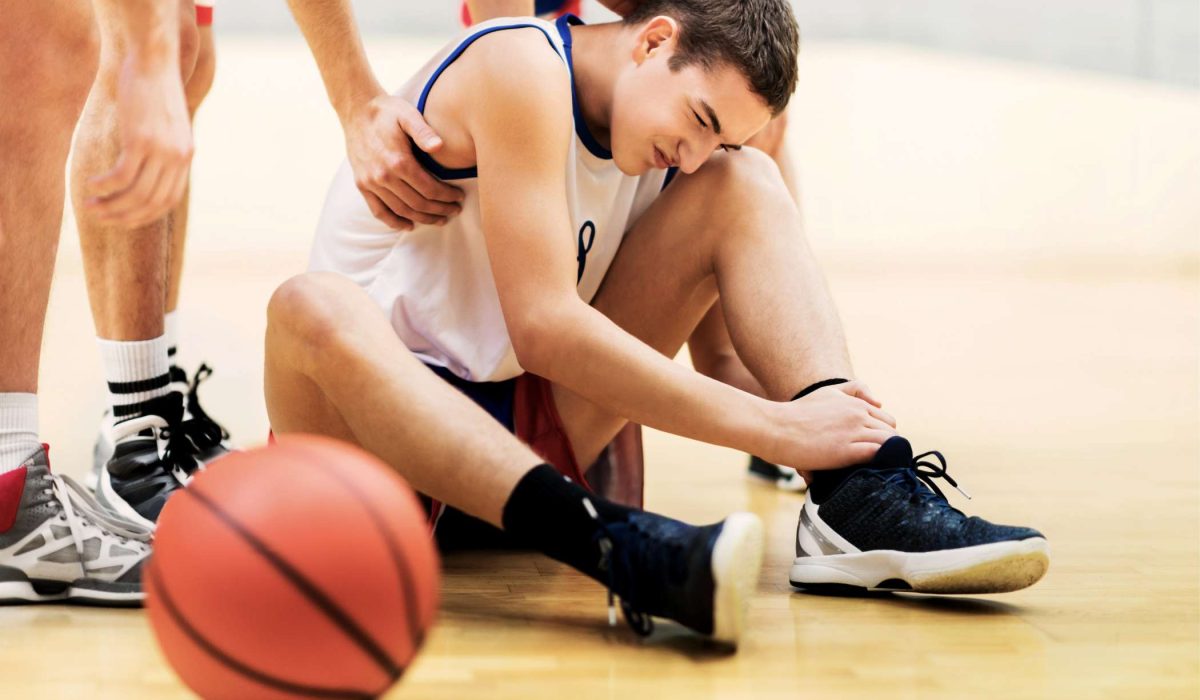Frequently Asked Questions
How can stretching prevent muscle injuries in sports?
Stretching helps prevent muscle injuries in sports by improving flexibility, increasing range of motion, and enhancing muscle resilience, which reduces the risk of strains, tears, and other soft tissue damage during physical activity.
What are the best ways to prevent knee injuries?
The best ways to prevent knee injuries include strengthening the muscles around the knee, maintaining flexibility, using proper technique during physical activities, and wearing appropriate protective gear.
What are the most common sports injuries to prevent?
The most common sports injuries to prevent include sprains, strains, tendinitis, stress fractures, and concussions. Proper conditioning, technique, and safety measures can help reduce the risk of these types of injuries.
How does proper equipment fitting prevent injuries?
Proper equipment fitting prevents injuries by providing the necessary support, stability, and alignment for the body during physical activity, reducing the risk of strains, sprains, and other musculoskeletal issues.
How can I avoid common sports injuries in football?
Avoiding common sports injuries in football involves proper warm-up, strengthening core and stabilizing muscles, using appropriate safety gear, and gradually increasing the intensity of training to build endurance and prevent overuse injuries.
How can I prevent muscle strains in soccer players?
Preventing muscle strains in soccer players involves a combination of proper warm-up, strengthening exercises, and gradual progression in training intensity. Incorporating dynamic stretching, core stability exercises, and gradually increasing training load can help reduce the risk of muscle strains.
Can warm-ups reduce the risk of injury?
Warm-ups can help reduce the risk of injury by gradually increasing blood flow, warming up muscles, and preparing the body for physical activity, making it less susceptible to strains, sprains, and other sports-related injuries.
How does flexibility improve injury prevention?
Increased flexibility helps prevent injuries by improving range of motion, reducing muscle tension, and enhancing joint stability, allowing the body to better withstand the demands of physical activity.
How can I prevent shin splints while running?
Preventing shin splints while running involves strengthening the lower leg muscles, wearing proper footwear, gradually increasing training intensity, and implementing cross-training exercises to reduce impact on the shins.
Can proper warm-up exercises prevent running injuries?
Proper warm-up exercises can help prevent running injuries by gradually increasing heart rate, blood flow, and muscle temperature, preparing the body for the demands of running.
What are the best exercises to prevent shoulder injuries?
The best exercises to prevent shoulder injuries include strengthening the rotator cuff muscles, improving shoulder mobility, and incorporating stabilization exercises that target the scapular muscles.
What is the best way to prevent ankle sprains?
Strengthening the ankles through exercises, maintaining flexibility, and wearing proper footwear are effective ways to prevent ankle sprains and reduce the risk of injury during physical activity.
Can proper lifting techniques prevent back injury?
Proper lifting techniques can help prevent back injury by maintaining proper posture, distributing weight evenly, and avoiding sudden or strenuous movements that strain the back muscles and spine.
Can stretching prevent injuries during exercise?
Stretching can help prevent injuries during exercise by improving flexibility, increasing range of motion, and preparing the muscles for physical activity. However, proper technique and timing of stretching are important for maximizing its benefits.
What techniques enhance flexibility for injury prevention?
Techniques that enhance flexibility for injury prevention include dynamic stretching, foam rolling, and yoga. These methods improve range of motion, increase blood flow, and promote muscle elasticity, all of which can help prevent sports-related injuries.
How can I strengthen my ankles against injuries?
Strengthening your ankles against injuries can be achieved through exercises that target the muscles, tendons, and ligaments surrounding the ankle joint. These may include balance training, resistance band exercises, and calf raises.
What preventive measures help avoid wrist injuries?
Preventive measures to avoid wrist injuries include strengthening wrist and forearm muscles, maintaining proper form during exercises, using supportive wrist braces, and incorporating wrist stretches and mobility exercises into your routine.
How does hydration affect injury risk during sports?
Proper hydration is crucial during sports as it helps maintain muscle function, joint lubrication, and temperature regulation, reducing the risk of dehydration-related injuries such as muscle cramps, heat exhaustion, and joint stress.
What role do cool-downs play in injury prevention?
Cool-downs are essential for injury prevention as they help gradually reduce heart rate, lower body temperature, and stretch muscles to prevent stiffness and soreness after physical activity.
How can I identify early signs of sports injuries?
Identifying early signs of sports injuries involves recognizing pain, swelling, reduced range of motion, and changes in movement patterns. Paying close attention to these symptoms can help prevent further injury and seek timely medical attention.
What are the best practices for injury recovery?
The best practices for injury recovery include following a personalized rehabilitation plan, gradually increasing activity, and incorporating rest and recovery strategies to promote healing and prevent re-injury.
How does body awareness contribute to injury avoidance?
Body awareness helps avoid injuries by enabling athletes to better understand their body's movements, limitations, and risk factors, allowing them to make adjustments to prevent strains, sprains, and other common sports-related injuries.
What common mistakes lead to sports injuries?
Common mistakes that lead to sports injuries include lack of proper warm-up, poor technique, overtraining, incorrect equipment, and ignoring warning signs of fatigue or pain.
How can effective cross-training reduce injury risk?
Effective cross-training can reduce injury risk by strengthening muscles, improving balance, and promoting overall physical conditioning, thereby enhancing athletic performance and resilience.
What strategies improve balance and prevent falls?
Strategies to improve balance and prevent falls include strengthening core and leg muscles, practicing balance exercises, using assistive devices when needed, and addressing vision or inner ear issues that can affect balance.
How can I safely increase training intensity?
Safely increasing training intensity involves gradually ramping up the duration, frequency, and difficulty of your workouts while allowing for adequate rest and recovery. Incorporate strength training, proper warm-ups, and gradual progressions to avoid overtraining and reduce the risk of injury.
What are essential tips for training in cold weather?
Essential tips for training in cold weather include dressing in layers, staying hydrated, gradually warming up, and being aware of wind chill and frostbite risks to ensure a safe and effective workout.
How does strength training enhance injury prevention?
Strength training enhances injury prevention by building muscle strength, joint stability, and overall physical resilience, reducing the risk of sports-related injuries and improving the body's ability to withstand the demands of physical activity.
What are effective strategies to prevent impact injuries?
Effective strategies to prevent impact injuries include proper warm-up, use of protective gear, gradual progression of physical activity, and strengthening core and stabilizing muscles to improve balance and stability.
How can parents prevent sports injuries in children?
Parents can prevent sports injuries in children by ensuring proper equipment, supervising activities, encouraging warm-ups and cooldowns, and promoting balance between sports and other activities.




